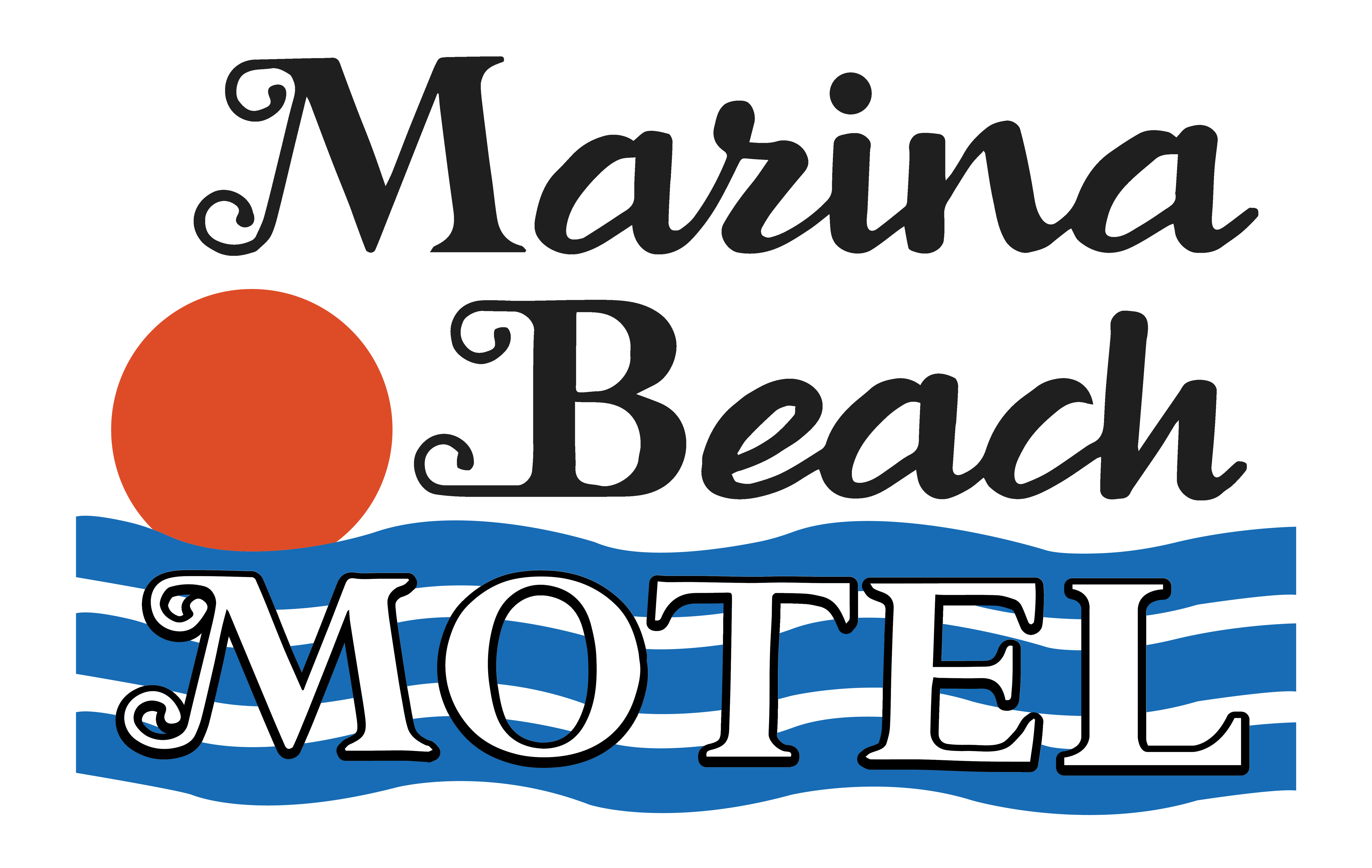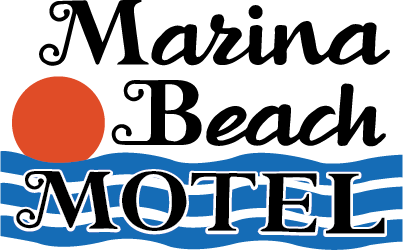Tucked beneath layers of buckwheat, chickory, and coreopsis blossoms, Santa Barbara Island appears to bob atop the ocean swells, a dot of land amidst a sea of blue. Although it is the smallest of the California Channel Islands, measuring only 639 acres, it boasts a stunning collection of diverse wildlife and a rich, cultural history. It is, however, a mere shadow of what it once was; Santa Barbara Island is in an active battle to recover its once delicately balanced ecosystem.
On December 4th, 1602, a Spanish explorer named Sebastian Vizcaino landed on Santa Barbara Island. Vizcaino aptly named the island after Saint Barbara, an early Christian saint and martyr who is celebrated on “Feast Day,” or December 4th. Formed by underwater volcanic activity (as most islands are), Santa Barbara Island forms a rough, triangular outline and has two twin peaks with steep cliffs. Virtually untouched by invasive species and separated from the mainland, Santa Barbara Island was home to species that existed nowhere else on earth.
Unfortunately, Santa Barbara Island underwent a harsh transformation as ranchers and farmers began working with the land, introducing nonnative plants and animals that would decimate a portion of the island’s native species. The destruction of sagebrush and coreopsis coupled with the introduction of cats led to the extinction of the Santa Barbara Island song sparrow, and the island’s ecosystem was thrown almost irrevocably off balance.
The recovery of Santa Barbara Island, however, is steadily underway. There are 11 seabird species and thousands of western gulls that nest on the island every year, sharing their space with California brown pelicans, three species of cormorants, three species of storm-petrels, and one of the world’s largest colonies of Scripps’s murrelets. Relatively unaffected by the island’s tumultuous past, the California sea lions, harbor seals, and northern elephant seals make the rocky shores of Santa Barbara Island their breeding grounds.
The National Park Service works diligently to support the growth of native vegetation, making way for native species to bloom and add vivacious color to the island. While nonnative grasses dominate the majority of the landscape, native plants like the Santa Barbara Island live-forever and the cream cups are making a steady comeback.
Although humans have already left their mark on this pristine ecosystem, restorative efforts and increased environmental consciousness have allowed Santa Barbara Island to recover much of what has been lost. Through diligence and the desire to persevere, the National Park Service and the Santa Barbara community will undoubtedly cultivate a well-balanced ecosystem that will flourish for many years to come.


